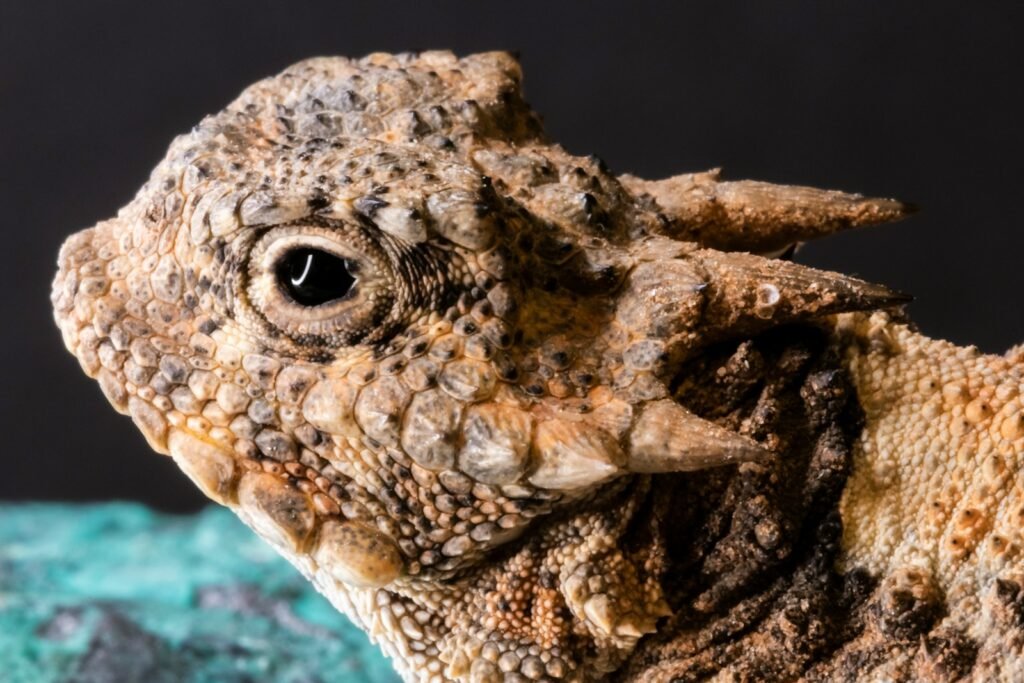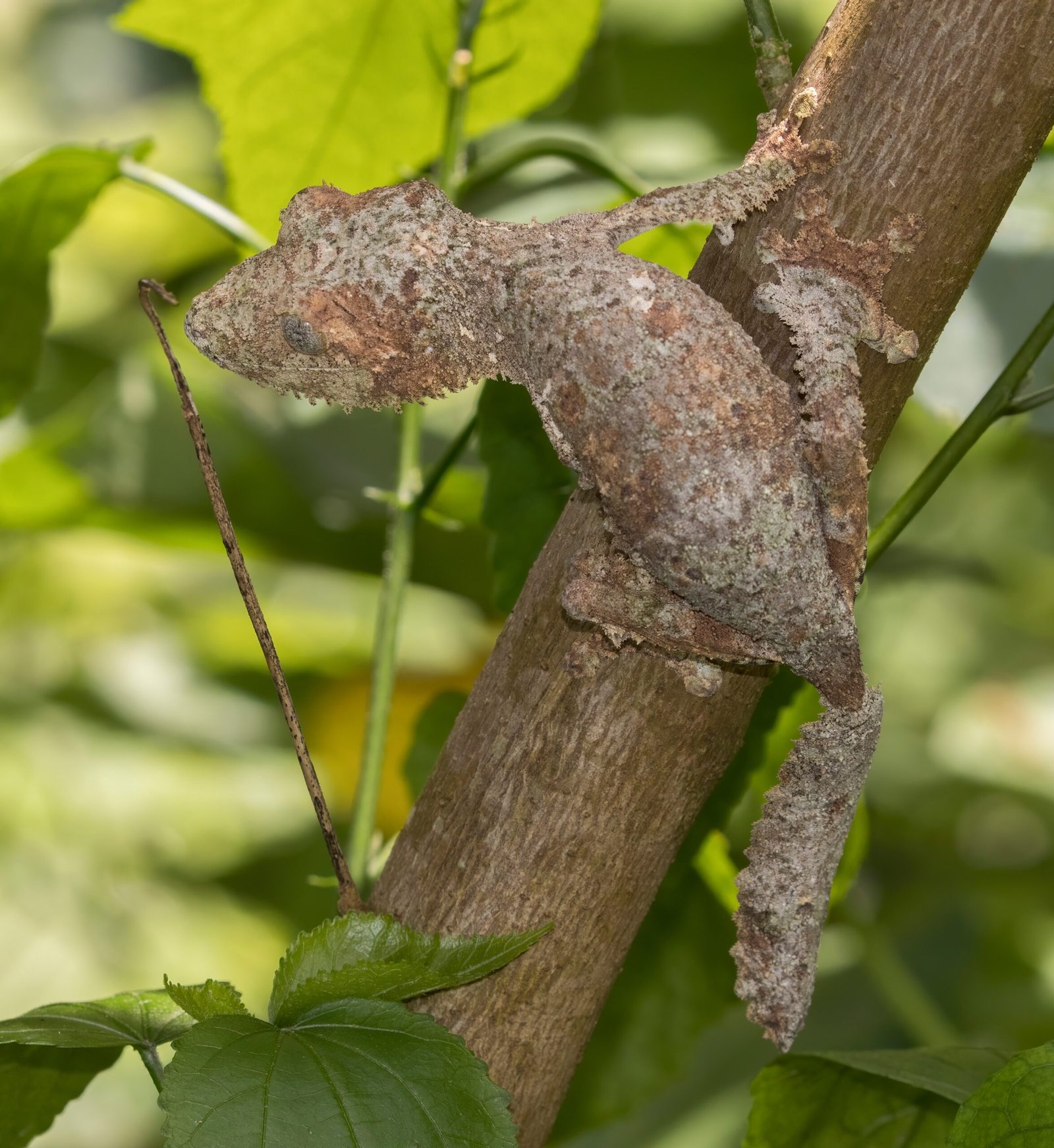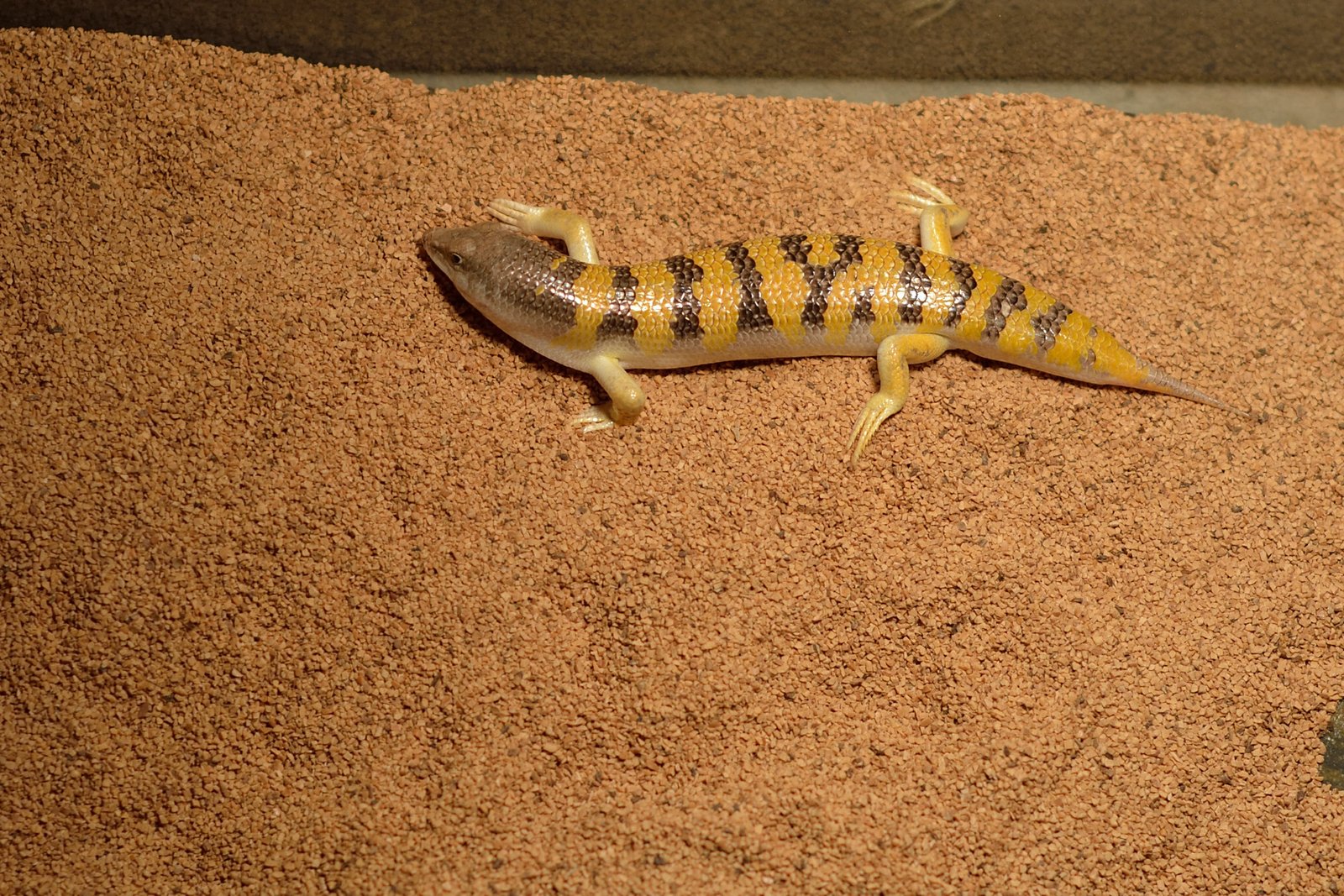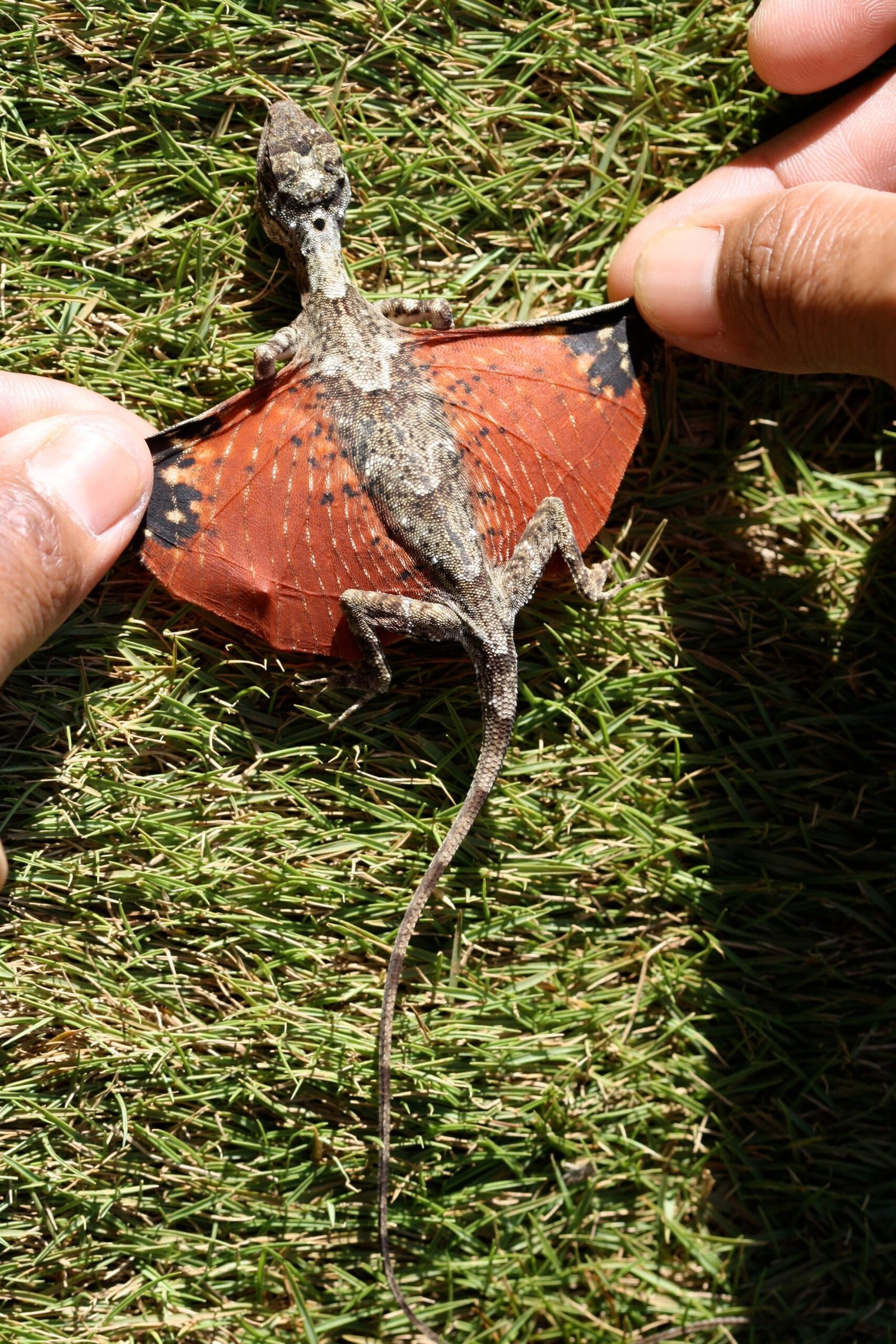Some superpowers don’t need capes – they sprint, glide, and shape-shift their way through real ecosystems. Across rainforests, deserts, and islands, a handful of lizards push biology into the realm of the unbelievable, forcing scientists to rethink physics, materials, and even reproduction. Each species below blurs the line between field note and page-turning plot twist, and together they show evolution’s flair for special effects. From water-walking to desert water-harvesting skin, their stories are more than curiosities; they’re blueprints for robotics, medicine, and climate resilience. I’ve chased a few of these creatures on research trips, and they never get less astonishing – only more revealing.
The Hidden Clues: Basilisk Lizards That Run on Water

What would it feel like to step onto a river and not sink? The common basilisk answers with a sprint, slapping and scooping the surface to trap pockets of air beneath its feet. Light bodies, fringe-like scales, and rapid stride cycles combine into a trick that seems to mock gravity while perfectly obeying it.
High-speed video shows each foot acting like a tiny paddle, then a vault, buying just enough time for the next step to land. Juveniles often do it longer than adults because mass matters when you’re balancing on milliseconds and bubbles. Engineers pore over these moves for insights into amphibious robots that could zip across floodwaters or wetlands without churning delicate habitats.
From Ancient Tools to Modern Science: Thorny Devil’s Water‑Harvesting Skin

In Australia’s drylands, the thorny devil wears armor that doubles as plumbing. Its skin is etched with interconnected microgrooves that wick dew and rain toward the mouth, a capillary conveyor belt that needs no pump. It’s survival by design, sculpted grain by grain by the desert itself.
Materials scientists study those grooves as a living template for passive water collection panels and drought-proof textiles. The payoff could be gear that pulls drinkable water from mist in places where taps run unreliable or not at all. Watching a lizard sip from its own skin makes that future feel both humble and completely within reach.
Why It Matters: Horned Lizards and the Chemistry of Defense

When cornered by canids, horned lizards deploy a defense that reads like comic-book body horror: a pressurized jet of blood from the eyes. The liquid isn’t just shocking – it carries compounds that can repel certain predators long enough for an escape. It’s a visceral reminder that chemistry underwrites many of nature’s boldest tricks.
Comparing this strategy to ordinary camouflage or spiny armor shows why diversity of defenses matters for survival. Different threats, from coyotes to birds, demand different solutions, and evolution often stacks them like a toolkit. Studying those layered systems helps researchers design more effective, less harmful repellents and understand how stress, physiology, and environment interact under real-world pressure.
Global Perspectives: Leaf‑Tailed Geckos, Masters of Disappearing Forests

In the low light of Madagascar’s forests, leaf-tailed geckos dissolve into bark and moss. Ragged skin flanges erase their outline, and pigment patterns match lichens so closely that a blink can lose them. It’s not just camouflage – it’s stagecraft performed on a living, shifting set.
These geckos make a case study in why habitat loss isn’t an abstract statistic. When the forest texture changes, their costumes no longer fit the scene, and survival odds tumble. Conservation teams use their presence as a litmus test for intact microhabitats, because if a leaf-tailed gecko can’t vanish, the forest itself has already thinned.
The Future Landscape: Sandfish Skinks That Swim Through Sand

The sandfish skink moves under dunes the way fish move through water, undulating with a smooth, low-drag rhythm. Specialized scales minimize abrasion, while a streamlined head parts grains like a blade. Every dive underground is a clean physics lesson in granular flow.
Roboticists translate those motions into burrowing machines for search-and-rescue, archaeology, and planetary exploration. The promise is navigation through debris or regolith without clogging, overheating, or wasting energy. If a palm-sized lizard can surf a sea of sand, there’s no reason a clever robot can’t follow.
Predators With a Plot Twist: Komodo Dragons, Venom and Virgin Birth

Komodo dragons once carried the myth of “dirty saliva,” but research points to venom that induces shock and bleeding, aiding their devastating ambushes. Serrated teeth start the damage; biochemistry seals the outcome, a collaboration of mechanics and molecules. These giants also stunned biologists with documented parthenogenesis in captivity, a reproductive backup plan that rewrites assumptions about lizard lineage.
Understanding their venom informs work on anticoagulants and blood‑pressure pathways, while their sensory prowess – tasting air with a forked tongue – guides biomimetic sensors. Protecting their island habitats protects a rolling laboratory of evolutionary experiments. Standing a few meters away, you feel the old stories crumble and the real science surge in.
Flight Without Feathers: Draco Lizards and the Physics of Glide

Draco lizards open their ribs like umbrellas, unfurling membranous wings that carry them from tree to tree. They steer with subtle body shifts and tail angles, spending energy on launch rather than sustained flapping. Each glide is a precise bargain between lift, drag, and the geography of branches.
Biomechanics teams parse these flights to improve micro‑drones that need quiet, efficient travel through cluttered spaces. The lesson is elegance over power: glide where you can, flap only when you must. In forests where a loud machine would spook wildlife, a silent rib‑winged plan might be the smarter way through.

Suhail Ahmed is a passionate digital professional and nature enthusiast with over 8 years of experience in content strategy, SEO, web development, and digital operations. Alongside his freelance journey, Suhail actively contributes to nature and wildlife platforms like Discover Wildlife, where he channels his curiosity for the planet into engaging, educational storytelling.
With a strong background in managing digital ecosystems — from ecommerce stores and WordPress websites to social media and automation — Suhail merges technical precision with creative insight. His content reflects a rare balance: SEO-friendly yet deeply human, data-informed yet emotionally resonant.
Driven by a love for discovery and storytelling, Suhail believes in using digital platforms to amplify causes that matter — especially those protecting Earth’s biodiversity and inspiring sustainable living. Whether he’s managing online projects or crafting wildlife content, his goal remains the same: to inform, inspire, and leave a positive digital footprint.




